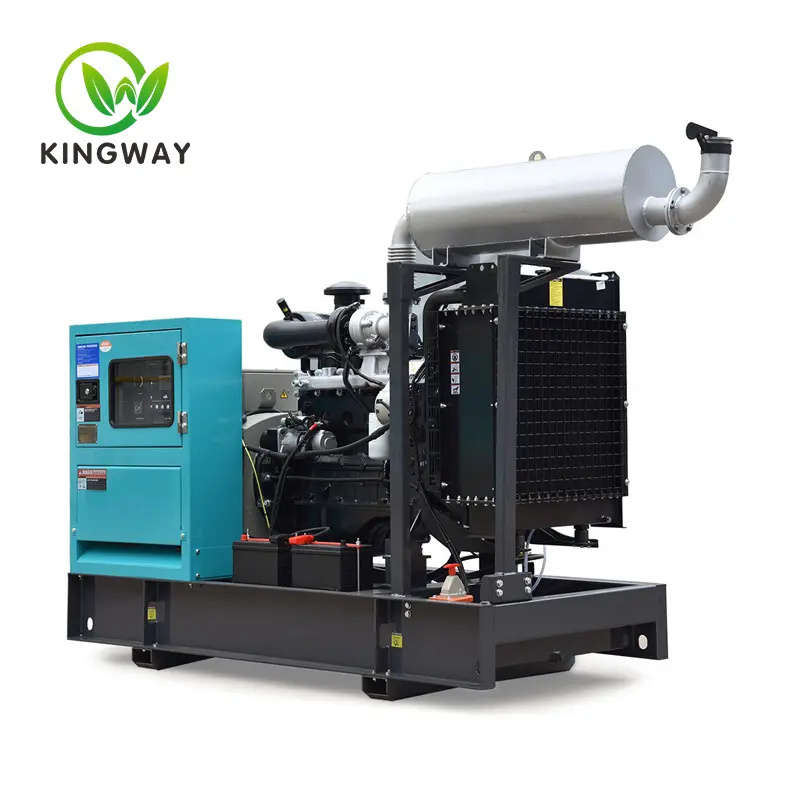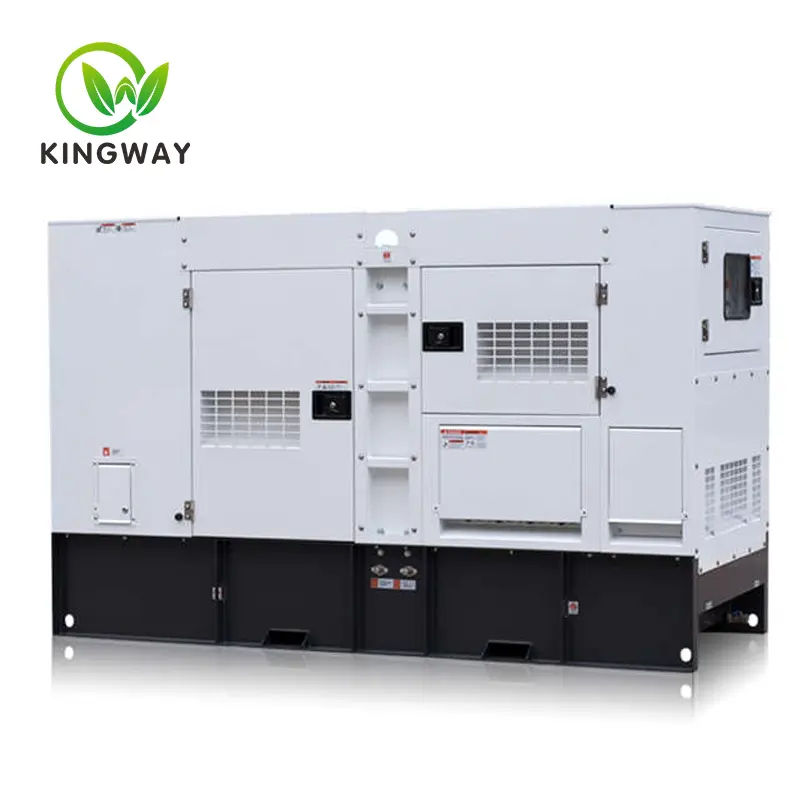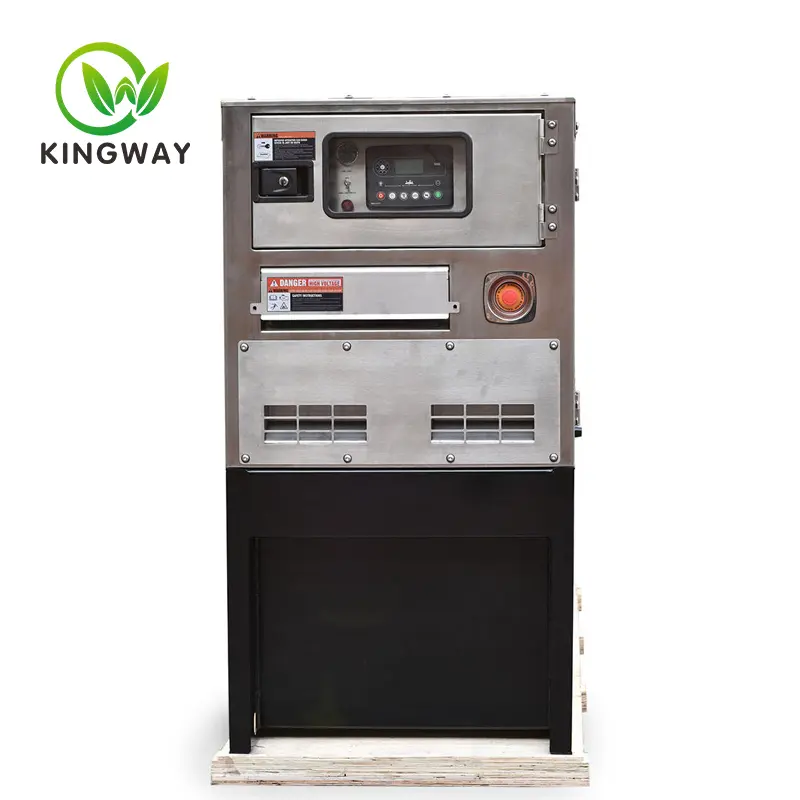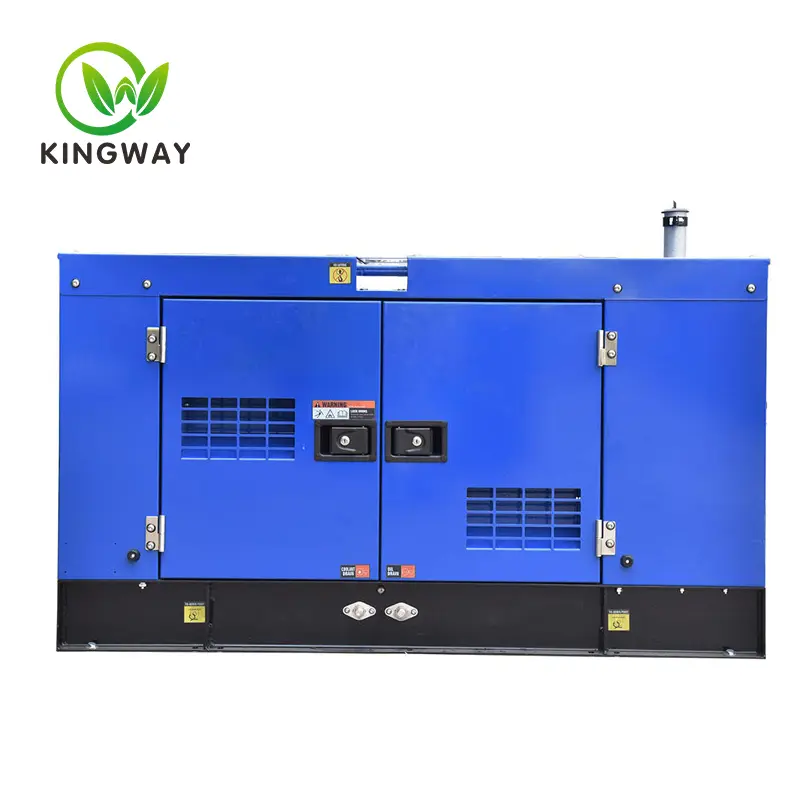What are the advantages of solar monitoring power supply system plus wind power generation
What are the advantages of solar monitoring power supply system plus wind power generation?

Increased energy stability: Solar and wind energy are two renewable energy sources whose availability is complementary. When weather conditions are not suitable for solar power generation, wind power can make up for the lack of energy supply, thereby providing a more stable energy supply.
Increase energy production: Solar and wind energy have different generation patterns. Combining two energy sources can expand energy coverage and increase energy production. During the day, solar power is mainly concentrated during the day, while wind power can provide energy at night or when the weather is cloudy.
Smooth load demand: Solar and wind power generation are highly volatile and may fluctuate periodically depending on weather conditions. Combining the two energy sources can better smooth load demand, reduce energy supply instability, and improve power supply reliability.
Improve system sustainability: Combining solar and wind energy can reduce dependence on traditional energy, reduce carbon emissions, and achieve sustainable use of energy. This helps protect the environment, reduces the need for fossil fuels, and promotes sustainable development.
In summary, combining solar monitoring power supply systems with wind power generation can improve energy reliability, increase energy production, smooth load demand, and promote sustainable development. Various factors need to be considered during design and implementation, such as geographical location, resource availability, system capacity, and cost-effectiveness.
When a solar monitoring power supply system is combined with wind power generation, there are additional advantages: Increased energy diversity: Solar energy and wind energy are two different energy sources, and their combined use can increase energy diversity and reduce dependence on a single energy source. This helps cope with energy supply uncertainties and risks.
Improve the anti-interference ability of the system: Due to the natural characteristics of solar and wind power generation, their impact on external interference is relatively small. Therefore, combining the two energy sources can improve the anti-interference ability of the solar monitoring power supply system and enhance the stability and reliability of the system.
Expand the scope of energy utilization: Solar and wind energy have differences in geographical distribution, and their combined use can expand the scope of energy utilization. In some areas, solar energy resources may be relatively good, while in other areas, wind energy resources may be more abundant. By combining the two energy sources, local renewable energy resources can be maximized.
Improve the economics of the system: The cost of solar and wind power generation technologies is gradually declining, and the economics of the system are gradually improving. Combining the two energy sources can further reduce energy costs and improve the economics of the system.

When combining solar and wind power systems, factors such as system design, capacity matching, energy management, and equipment selection and layout need to be considered. In addition, depending on the specific application scenarios and needs, system reliability, maintainability and security requirements also need to be considered. Taking these factors into consideration, an efficient and reliable solar monitoring and power supply system can be designed.
There are also some potential disadvantages to solar-monitored power supply systems that combine solar and wind power systems, including:
Uncontrollability: Both solar and wind power generation are affected by natural factors, such as solar radiation intensity, weather conditions and wind speed. Therefore, energy output is somewhat uncontrollable, which may result in unstable power supply or failure to meet system needs.
Energy ratio problem: There are temporal and spatial differences in the production capacity of solar and wind power, making it impossible to achieve a complete match. In certain periods or areas, there may be a certain energy surplus or shortage, which requires energy deployment and storage, increasing the complexity and cost of the system.
Equipment footprint: Solar and wind power generation systems require corresponding equipment and facilities, such as photovoltaic modules, wind turbines, etc., which occupy a large area. For some places with limited space or restricted layout, it may be difficult to meet the installation requirements of the equipment.
Higher initial investment: Solar and wind power generation systems require higher investment in construction and equipment, including photovoltaic modules, wind turbines, energy storage equipment, etc. This may increase the initial investment cost of the system, which may present certain challenges for some projects or sites with limited budgets.
It is necessary to comprehensively consider the feasibility, economy, reliability and specific application requirements of the system, evaluate the feasibility, advantages and disadvantages of the combined application of solar and wind power generation systems, and select an appropriate energy power supply solution.
When combining solar and wind power systems as a solar-monitored power supply system, there are some additional disadvantages to consider:
Complex system design and operation and maintenance: Combining solar and wind power generation systems requires consideration of the coordination and integration of different energy sources, including power regulation, energy conversion, energy storage management, etc. This involves complex system design and operation and maintenance, and requires professional technical personnel for management and maintenance.
Noise and visual impact: Wind turbines can produce noise, especially when operating at higher wind speeds. This may cause some disturbance to the surrounding environment and residents. In addition, the height and appearance of wind turbines may also have an impact on the landscape and visual environment.

Solar and wind power generation resources are limited: Solar and wind power generation resources are limited by geographical location and climatic conditions. Some areas may lack sufficient solar and wind resources to meet the needs of the system. Therefore, adequate resource assessment and feasibility studies are required when selecting an installation location.
Operation and maintenance costs and maintenance requirements: Combining solar and wind power generation systems requires regular operation and maintenance work, including equipment inspections, troubleshooting, cleaning and repairs, etc. This increases the operating costs and maintenance workload of the system.
Despite some shortcomings, solar monitoring power supply systems that combine solar and wind power generation systems also have many advantages, such as increasing the proportion of renewable energy, improving power supply stability, and reducing carbon emissions. Therefore, it is necessary to weigh the pros and cons in specific applications and choose the most suitable energy power supply solution according to the actual situation.











